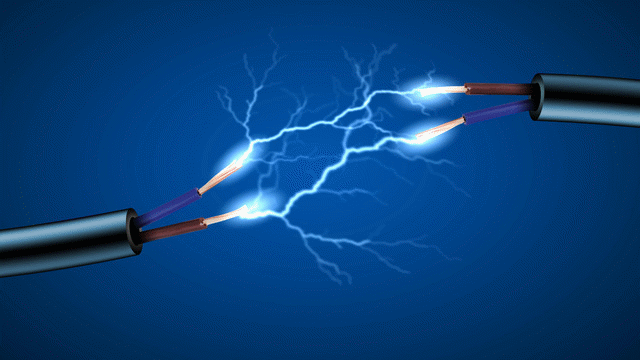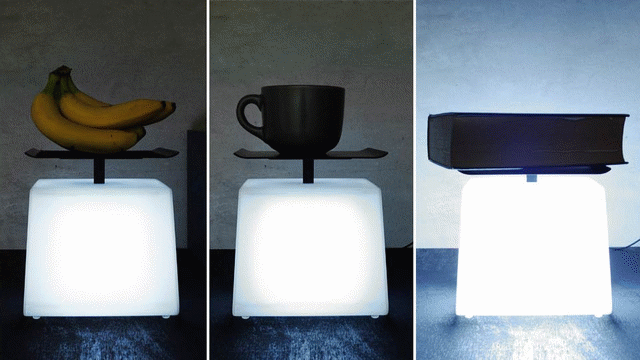 Electric Current through a wire
Electric Current through a wire
The outer electrons of copper atoms,in a copper wire flow freely from atom to atom.
Each electron has a negative charge, and when we get a bunch of them to flow along a wire in one direction, we get a flow of charge called current. Charge is measured in units of coulombs. The current is measured in amperes. One coulomb of charge flowing per second equals one ampere of current. Small amount of currents are accordingly expressed in milli amperes (1mA = 10–3 A) or in micro ampere (1 mA = 10–6 A).
Properties of Electric current :
- Direction of electric current is in the direction of the flow of positive charged carriers and this current is known as conventional current.
- Direction of the flow of electron in conductor gives the direction of electronic current. Direction of conventional current is opposite to that of electronic current.
- Electric current is a scalar quantity. Although electric current represent the direction of the flow of positive charged carrier in the conductor, still current is treated as scalar quantity as current in wires in a circuit does not follows the laws of vector addition.
The current density at a point in the conductor is defined as the current per unit cross–section area. It is the characteristic property of point inside the conductor nor of the conductor as a whole. Direction of current density is same as the direction of conventional current. Note that current density is a vector quantity unlike electric current.
 Lamp dimmer switch
If we add more weight on the pan, the light glows more brighter
Lamp dimmer switch
If we add more weight on the pan, the light glows more brighter
Ohm's law :
As long as the physical state of a conductor remains the same, the potential difference (V) applied between the terminals of the conductor bears a constant ratio to the electric current (I) passing through it.
The general relationship between voltage and current is expressed as V = IR, and thus the relation defines resistance. Hence, resistance of any material (ohmic or non–ohmic) is determined as the ratio of voltage to current.
Current water flow Analogy :
The resistance to flow represented by a severe constriction in a water pipe is analogous to the resistance to electric current represented by a common electric "resistor". The function of a ground wire in an electric circuit is in many ways analogous to the reservoir attached to the water circuit. Once the pipe is filled with water, the pump can circulate the water without further use of the reservoir, and if it were removed it would have no apparent effect on the water flow in the circuit.
The ground provides a reference voltage for the circuit, but if it were broken, there would be no obvious change in the functioning of the circuit. The ground wire protects against electric shock and in many cases provides shielding from outside electrical interference.